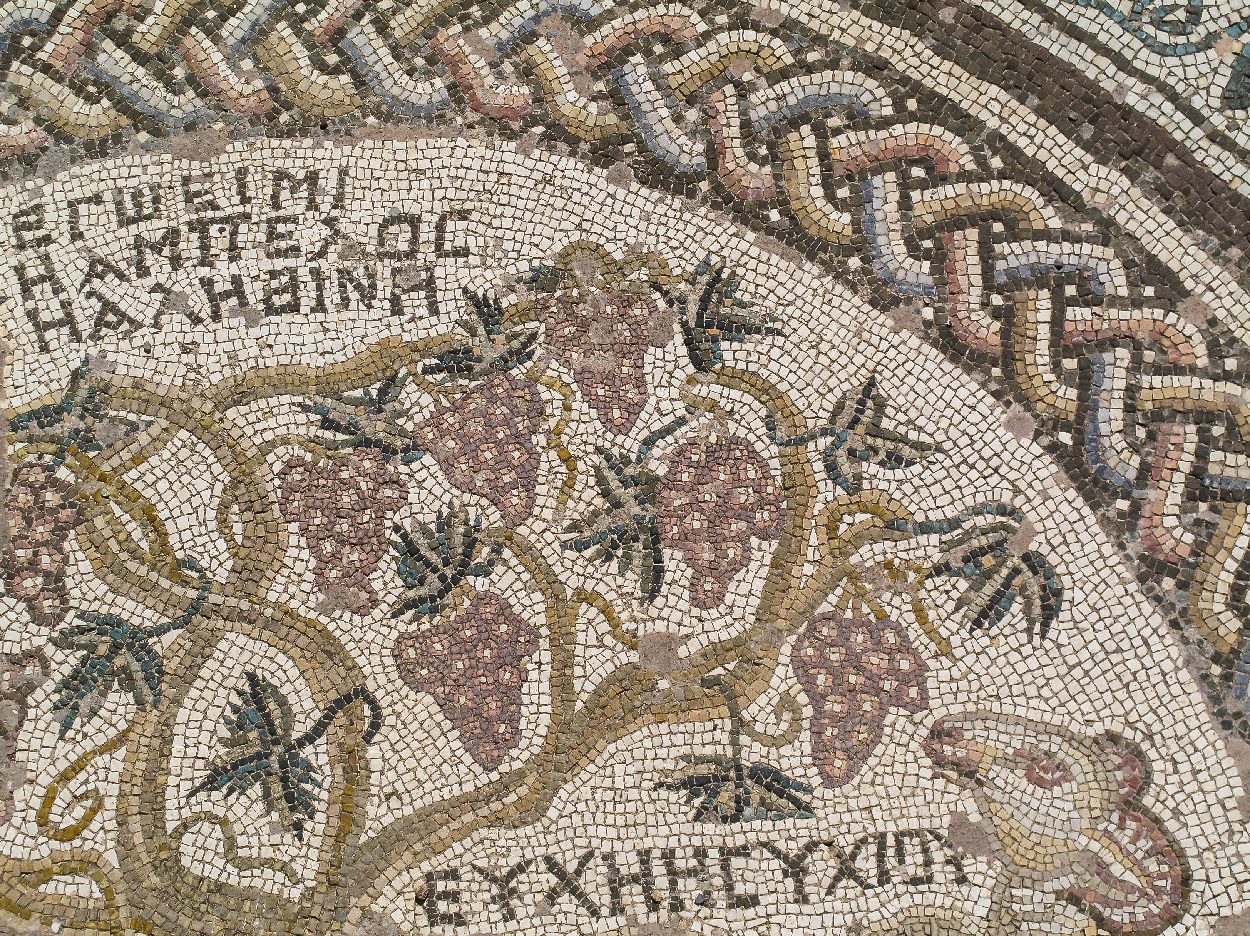Archaeologists have revealed new insights into the techniques used in the production of Roman wine, including how it looked, smelled and tasted.
During the Roman period, there were notable technological advancements and a growing awareness of winemaking, a knowledge that disseminated throughout the entire empire.
The writings of classical Roman authors, including Cato, Columella, Horace, Palladius, Pliny, Varro, and Virgil, provide insights into the significance of wine in Roman culture, offering a glimpse into both contemporary winemaking techniques and viticultural practices.
The study, published in the journal Antiquity, compared Roman clay jars called dolia, which were used during wine manufacturing, fermenting, storing and ageing wines.
“No study has yet scrutinised the role of these earthenware vessels in Roman winemaking and their impact on the look, smell and taste of ancient wines”, said the study authors.
To address this, Dr. Dimitri Van Limbergen from Ghent University, and Dr. Paulina Komar from the University of Warsaw, conducted a comparative study between Roman dolia and contemporary wine production vessels that are still in use.
In Georgia, winemakers used clay vessels known as qvevri for fermentation, imparting distinctive colours, aromas, and flavours to the wine. The resemblance of this method to Roman wine production implies a similarity between ancient Roman wine and contemporary Georgian wine.
The vessel’s shape plays a crucial role. The qvevri’s narrow base serves to limit the contact of grape solids with the maturing wine, enhancing its longevity and bestowing upon it a captivating orange hue highly valued in ancient times.
According to the researchers: “By burying the dolia in the ground, temperature and pH could be controlled, encouraging the formation of surface yeasts and a chemical compound called sotolon. This gives wine a slightly spicy flavour with aromas of toasted bread and walnuts.”
In contrast to the metal containers used in contemporary industrial winemaking, clay vessels exhibit porosity, enabling oxidation throughout the fermentation process. The mineral-rich nature of the clay introduces a drying sensation in the mouth, a characteristic that seems to have been favoured by the Roman palates.
This indicates that the Romans possessed knowledge of various techniques to modify the characteristics of their wine. Through adjustments in the shape, size, and clay composition of the dolia, as well as the methods of storage, Roman winemakers exercised significant control over the final product.
Dr Van Limbergen, said: “The value of identifying, often unexpected, parallels between modern and ancient winemaking lies in both debunking the alleged amateurish nature of Roman winemaking and uncovering common traits in millennia-old vinification procedures.”
Header Image Credit : Shutterstock





